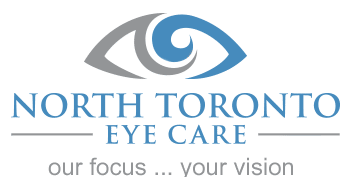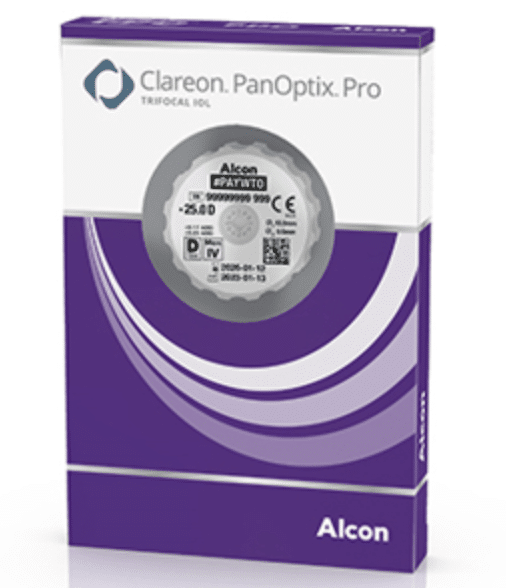cornea,Corneal Transplant,Cross-Linking,Eye Health,Keratoconus

Keratoconus (KCN) is a progressive eye disease affecting approximately 1 in 1,000 people, typically beginning in adolescence or young adulthood1. This condition causes the cornea to thin and bulge into a cone-like shape, resulting in blurred vision, sensitivity to light, glare, and significant quality-of-life impacts. At North Toronto Eye Care, advanced treatments like Corneal Collagen Cross-Linking (CXL) and combined CXL with topography-guided Custom Ablation Treatment (T-CAT) are offered to manage keratoconus effectively.
Keratoconus progresses most rapidly in younger patients, often stabilizing after mid thirties. Key risk factors include eye rubbing, ocular allergy, and genetic predisposition1. Without intervention, up to 20% of patients may eventually require corneal transplants2. Early diagnosis is critical and challenging without specialized tools like corneal topography (mapping irregular astigmatism), tomography (detecting thickness changes), epithelial OCT (identifying epithelial thinning patterns), and aberrometry (measuring optical distortions).
Halting Progression with Corneal Collagen Cross-Linking (CXL)
CXL is the only proven treatment to stop keratoconus progression1. This non-invasive procedure involves:
- Applying riboflavin (vitamin B₂) eye drops to the cornea.
- Activating the riboflavin with controlled ultraviolet-A (UVA) light.
This process strengthens corneal collagen fibers, increasing rigidity and resisting bulging.

Enhancing Vision with Combined CXL and T-CAT

While CXL stabilizes the cornea, combining it with a form of laser vision correction called topography-guided Custom Ablation Treatment (also known as topography-guided PRK) can improve visual outcomes by3:
- Reducing irregular astigmatism and higher-order aberrations.
- Flattening steepened areas of the cornea.
Subjectively, patients can expect to experience3:
- Reduced haloes, starbursts, or ghosting from light scatter, especially at night.
- Improved vision clarity with glasses or specialty contact lenses compared to vision post CXL alone.
Post-Treatment Management
After combined T-PRK + CXL:
- Bandage contact lenses are worn for 3-4 days to aid healing.
- Vision stabilization can take several months, with interim lens prescriptions as needed.
- Monitoring includes annual topography to detect changes.
Considerations for T-CAT + CXL:
- This is a form of laser vision correction but it is not LASIK: LASIK is contraindicated as it weakens the cornea.
- Refractive Predictability: Factors like post-CXL flattening and atypical corneas limit predictability.3
- Visual outcomes: Studies show significant improvements in uncorrected and corrected vision, but corrective lenses (glasses or specialized contacts) are still recommended postoperatively.
Why Choose North Toronto Eye Care?
Led by Dr. Theodore Rabinovitch, the clinic offers:
- State-of-the-art diagnostics: Including Pentacam® tomography, epithelial OCT, Corvis® biomechanical response, and OPD-Scan III topography for precise staging.
- Personalized protocols: Tailoring CXL (± T-CAT) to disease severity and progression risk.
Keratoconus demands early intervention to preserve vision. CXL halts progression, while combined CXL and T-CAT can improve visual function.
North Toronto Eye Care’s integrated approach—leveraging advanced diagnostics, cross-linking, and targeted laser treatment—offers keratoconus patients the best chance for long-term stability and improved quality of life.
References
- Asimellis G, Kaufman EJ. Keratoconus. [Updated 2024 Apr 12]. In: StatPearls [Internet]. Treasure Island (FL): StatPearls Publishing; 2025 Jan-. Available from: https://www.ncbi.nlm.nih.gov/sites/books/NBK470435/
- Arnalich-Montiel F, Alio Del Barrio JL, Alio JL. Corneal surgery in keratoconus: which type, which technique, which outcomes? Eye Vis (Lond). 2016 Jan 18;3:2. doi: 10.1186/s40662-016-0033-y. PMID: 26783544; PMCID: PMC4716637.
- https://www.reviewofophthalmology.com/article/topography-guided-ablation-pros-and-cons#:~:text=The%20hallmark%20of%20topography%2Dguided,wavefront%2C%20even%20in%20normal%20eyes.


